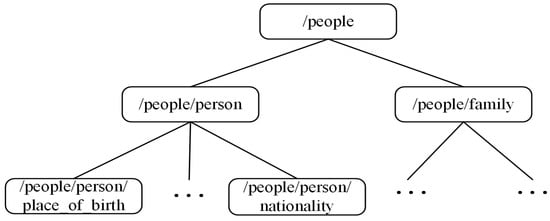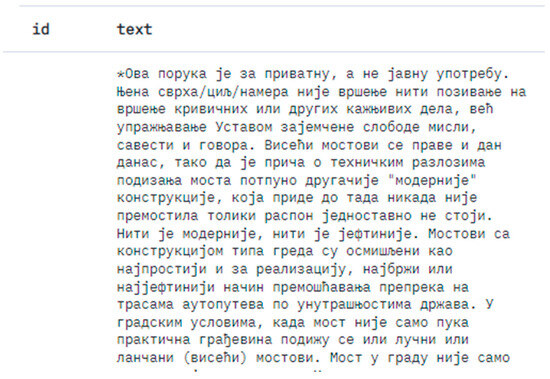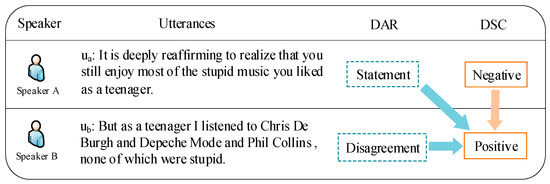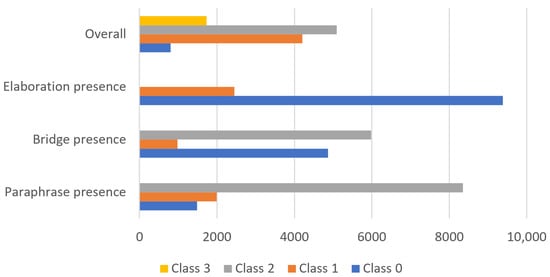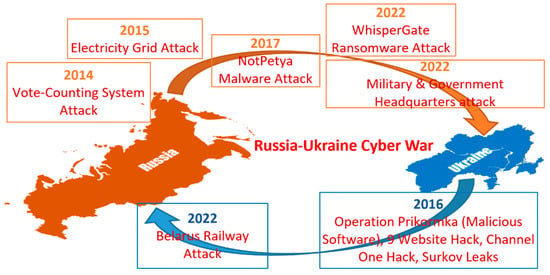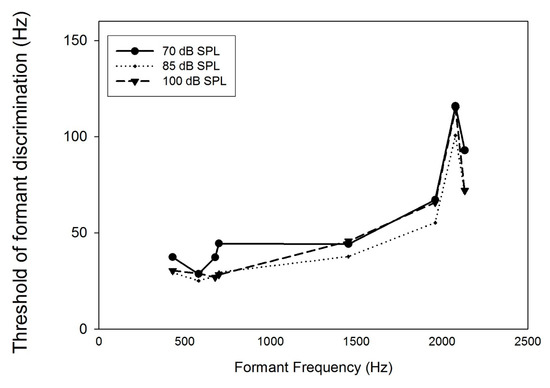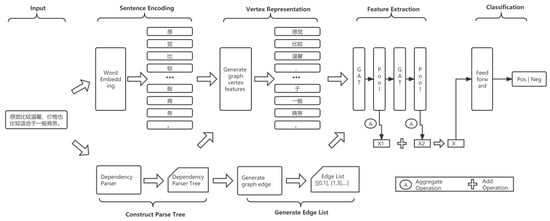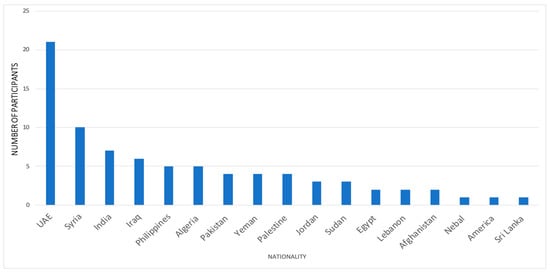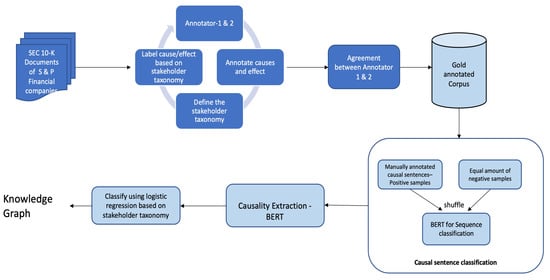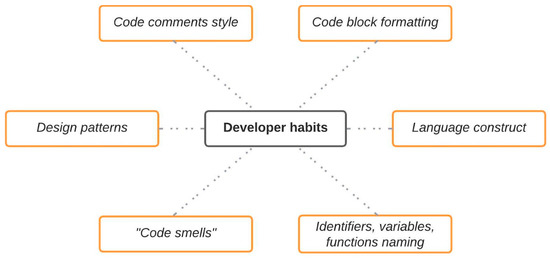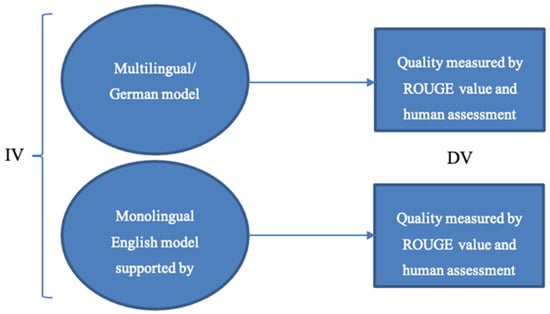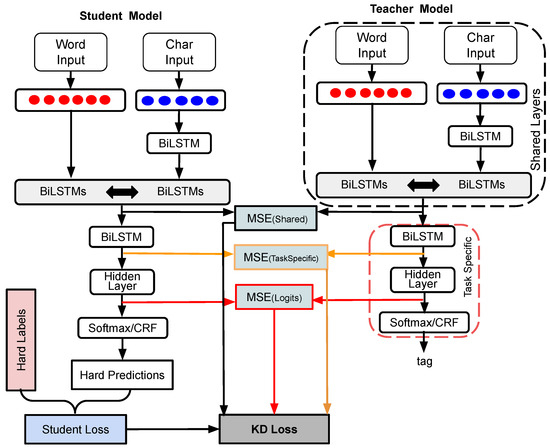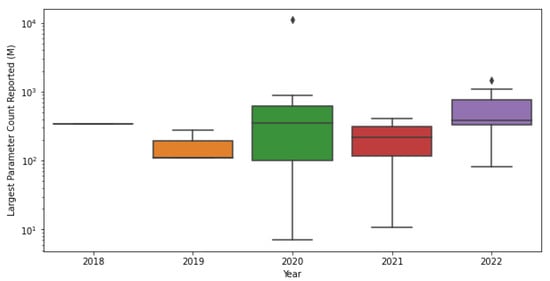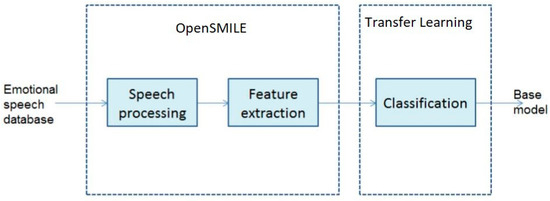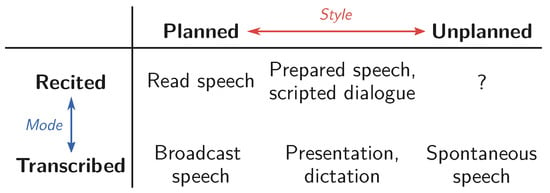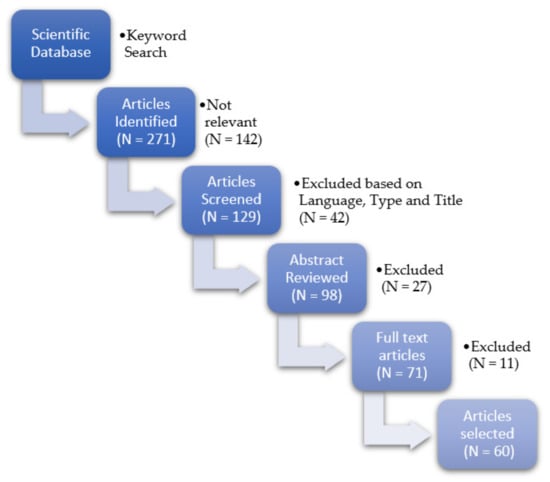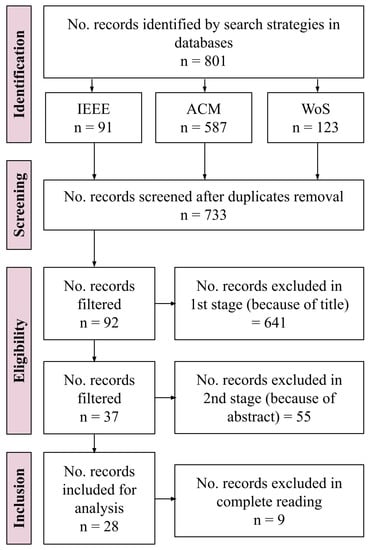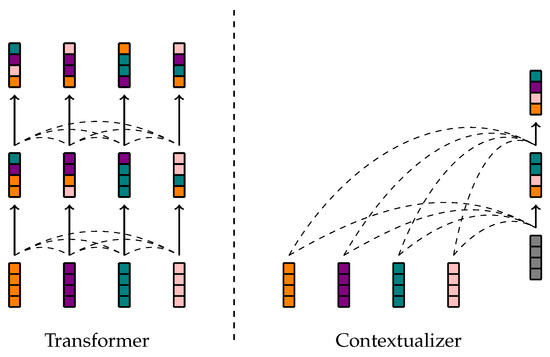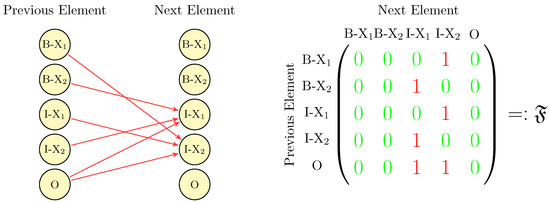Natural Language Processing and Applications: Challenges and Perspectives
A topical collection in Information (ISSN 2078-2489). This collection belongs to the section "Artificial Intelligence".
Viewed by 284362Editor
Interests: machine learning; semantic web; sentiment analysis; text mining; knowledge graphs
Special Issues, Collections and Topics in MDPI journals
Topical Collection Information
Dear Colleagues,
The 2nd International Conference on Natural Language Processing and Applications (NLPA 2021) will be held in Copenhagen, Denmark, from 24 to 25 April 2021. NLPA 2021 will provide an excellent international forum for sharing knowledge and results concerning the theory, methodology, and applications of natural language computing. This Special Issue intends to contain a selection of the best papers presented at NLPA 2021, carefully revised and extended. Paper acceptance for NLPA 2021 will be based on quality, relevance to the conference theme, and originality.
The authors of a number of selected full papers of high quality will be invited after the conference to submit revised and extended versions of their originally accepted conference papers to this Special Issue of Information, published by MDPI in open access. The selection of these best papers will be based on their ratings in the conference review process, quality of presentation during the conference, and expected impact on the research community. For each submission to this Special Issue, at least 50% of the content should be new material, e.g., in the form of technical extensions, more in-depth evaluations, or additional use cases, and there should be a change of title, abstract, and keywords. These extended submissions will undergo a peer-review process according to the journal’s rules of action. At least two technical committees will act as reviewers for each extended article submitted to this Special Issue; if needed, additional external reviewers will be invited to guarantee a high-quality reviewing process.
Prof. Dr. Diego Reforgiato Recupero
Guest Editor
Manuscript Submission Information
Manuscripts should be submitted online at www.mdpi.com by registering and logging in to this website. Once you are registered, click here to go to the submission form. Manuscripts can be submitted until the deadline. All submissions that pass pre-check are peer-reviewed. Accepted papers will be published continuously in the journal (as soon as accepted) and will be listed together on the collection website. Research articles, review articles as well as short communications are invited. For planned papers, a title and short abstract (about 100 words) can be sent to the Editorial Office for announcement on this website.
Submitted manuscripts should not have been published previously, nor be under consideration for publication elsewhere (except conference proceedings papers). All manuscripts are thoroughly refereed through a single-blind peer-review process. A guide for authors and other relevant information for submission of manuscripts is available on the Instructions for Authors page. Information is an international peer-reviewed open access monthly journal published by MDPI.
Please visit the Instructions for Authors page before submitting a manuscript. The Article Processing Charge (APC) for publication in this open access journal is 1800 CHF (Swiss Francs). Submitted papers should be well formatted and use good English. Authors may use MDPI's English editing service prior to publication or during author revisions.
Keywords
- Phonology and morphology
- Chunking/shallow parsing
- Parsing/grammatical formalisms
- Semantic processing
- Lexical semantics
- Ontology
- Linguistic resources
- Statistical and knowledge-based methods
- POS tagging
- Discourse
- Paraphrasing/entailment/generation
- Machine translation
- Information retrieval
- Text mining
- Information extraction
- Question answering
- Dialog systems
- Spoken language processing
- Speech recognition and synthesis
- Computational linguistics and NLP Information retrieval and AI
- Semantics and NLP








